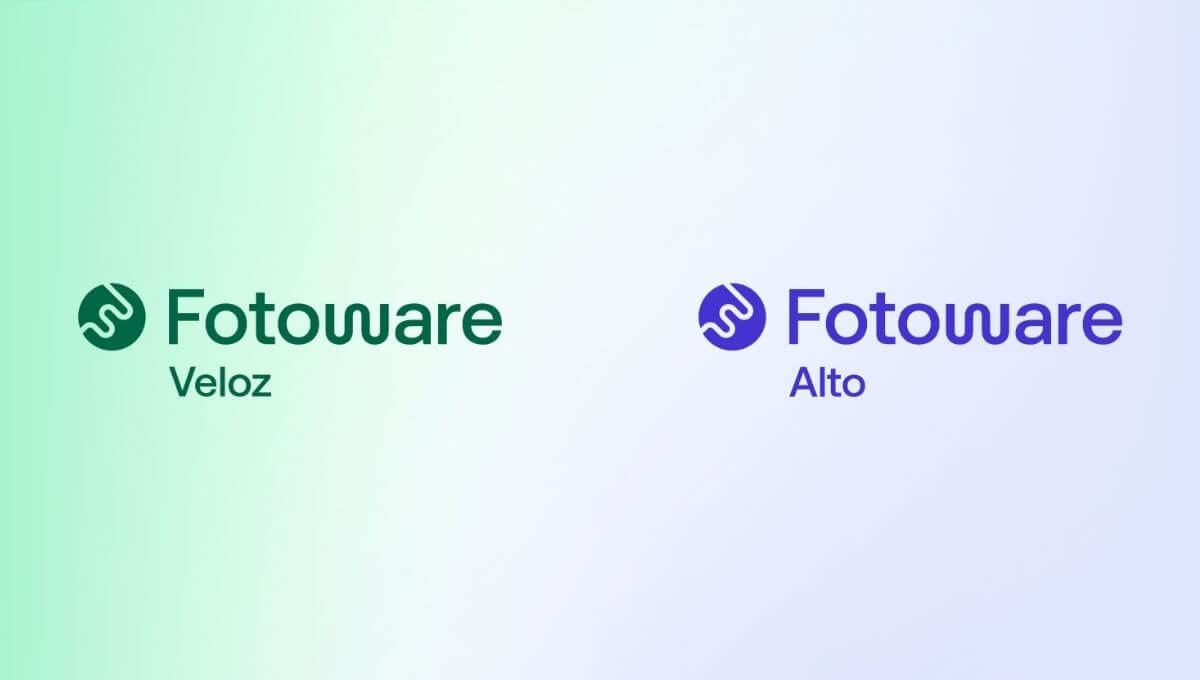
Financial Times
How Digital Asset Management helps the world's leading business publication stay on top of image rights and avoid infringements.
— With the old system, nobody really knew what was happening, but we now know what rights we have with every single image.
The Financial Times is the world's leading business publication, operating globally with offices in London, New York, Hong Kong and Manila, to name a few. It delivers international news to a paying readership of one million people and three-quarters of which are digital subscriptions.
-
10,000
IMAGES RECEIVED PER DAY
-
1,500,000
IMAGES IN ARCHIVE
-
50
AGENCY CONTRACTS

Background
The content management team is responsible for all the systems that are used to produce the publication's print and online content. With an archive of more than 1.5 million images, and more than 10,000 new images daily from agencies and freelancers, the team required a system that could help them manage this process efficiently.

— We’ve expanded the ability to source images from some users in our London office to about 150 people in offices throughout the world ... It has democratized the whole workflow system.
Challenges:
Limited Access to Images
Previously, the Financial Times used a desktop application which only a few staff in London could use at any one time. This meant there was limited access to the image archive and a heavy reliance on a small number of staff to find and share images. When a journalist would request a photo, the picture desk would have to find it and send it into the content management system, then send the picture ID to the journalist, and the journalist would then put the image into the article.
This was a source of great inefficiency in the publishing workflow, and was particularly difficult with staff based all across the world in different time zones, working around the relentlessly fast-paced, 24/7 news cycle.
Managing Millions of Files
It was also extremely difficult for the publication to keep in control of their images, with a high volume of photos being sent in each day by photo agencies and freelancers. On average, the number of photos could be anywhere between 10,000-20,000 each day. The old system would take 15 minutes to upload an image and it wasn't always clear where the photos had come from or what rights they had to use them. This was an important issue to fix, as breaching a license or incorrectly using an image could be very damaging for the publication and have seriously expensive consequences.
— ...we wanted a completely independent version of a DAM system that was easy to install, easy to use, and could be rolled out to as many people as possible.




Solutions
Democratizing the Publishing Workflow
Reporting on breaking news is all about speed, and it was essential for the Financial Times to increase the number of staff that can quickly search and find the photos they need to use for a story. Using Fotoware, journalists can search for a picture and send it straight into the Financial Times' content management system for them to use themselves. They can access the image archive no matter where in the world they are, which has greatly reduced the previous friction in the publishing process. Staff can now self-serve instead of having to rely on a small group of colleagues to carry out simple tasks for them.
This was a source of great inefficiency in the publishing workflow and was particularly difficult with staff based all across the world in different time zones, working around the relentlessly fast-paced, 24/7 news cycle.
— Since the Financial Times already used Amazon Web Services across the organization, they opted for a Fotoware cloud solution running on AWS - it was a simple process to set up a new instance and get started.
Using Metadata to Keep in Control
With the considerable increase in users, it was even more important for the Financial Times to solve the image rights issues they had experienced earlier. Thanks to the ability to add metadata to images in Fotoware, it has meant that images can be tagged upon upload with important information about the photographer/agency, the licenses, and usage rights of the photos. If a photo doesn't have enough metadata, it simply won't be used. When a user searches for a photo in the Financial Times' image archive, they can easily identify whether an image can be used or not, and where it can be used, with visual markers on the thumbnail. Furthermore, they can filter their search based on metadata, including descriptive keywords about the image.
— We’ve halved our support costs from the old system and now have more control over the software because we understand it much better ... More staff are using the system, and more pictures are being published per month.
Added Benefits
Reducing Security Risks
The Financial Times had been looking to remove FTP as a protocol because it was seen as a security risk in the company. With the Fotoware solution, they were able to change how they got their assets into the DAM via the Fotoware API.
Now, they use a cloud-based solution to post assets straight in rather than using FTP.
Automating at Scale
Since the Financial Times handles thousands of photos every day, it would have been a monumental amount of work to update the metadata on them all manually.
Moreover, it was also necessary for their existing archive of over 1,000,000 photos to be put through the same process.
Once Andrew and his team had defined the specific usage rights (for example, whether an image can be used online, in print, or on social media) they created automated workflows in Fotoware to add metadata to the images.
Want to learn more?
Talk to one of our experts to discover how we can streamline your organization's content workflows.


